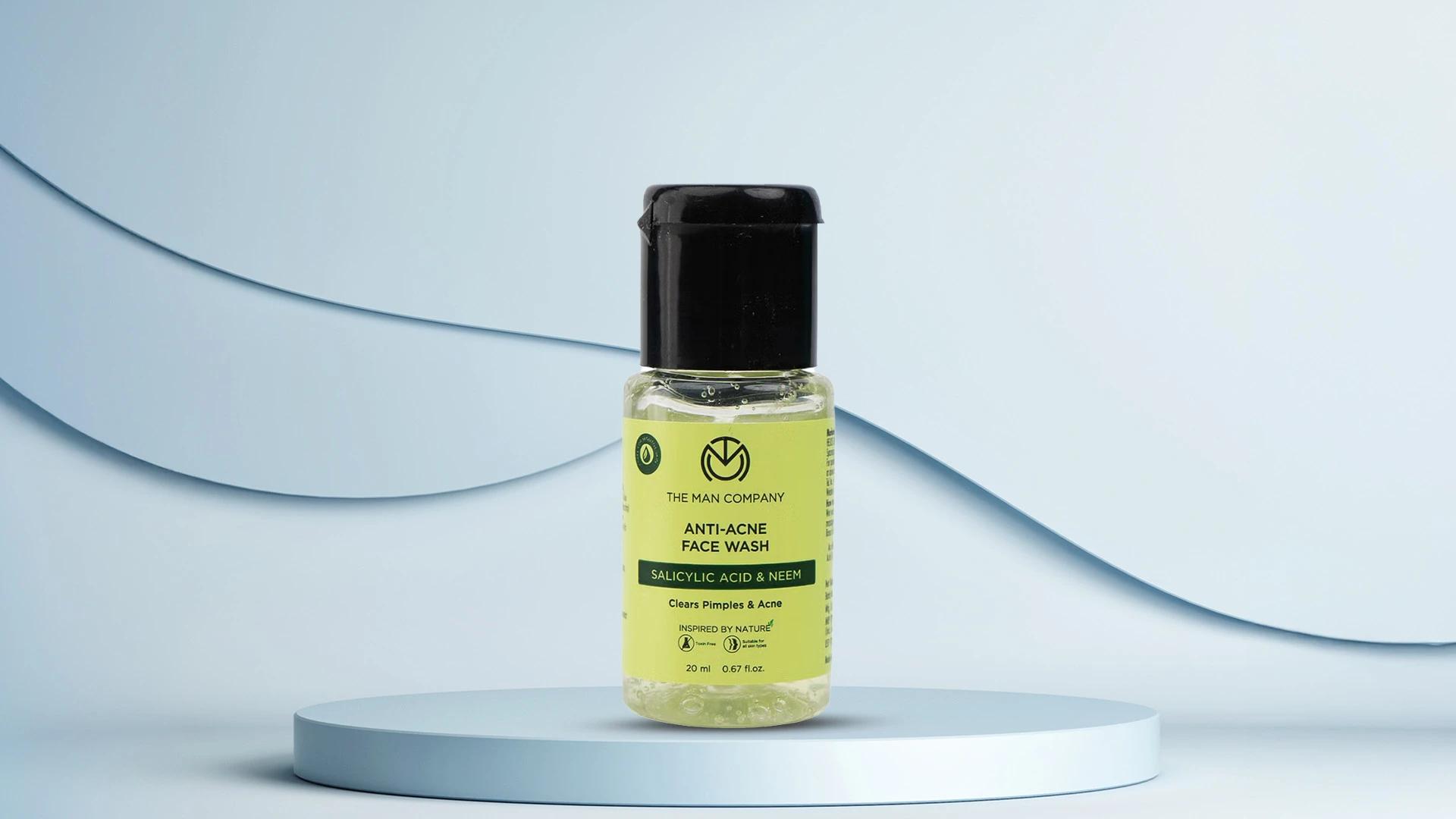Rough cuticles and nail problems can benefit from salicylic acid's gentle exfoliation. Apply a tiny amount around nail beds and cuticles, massaging gently before rinsing. The acid helps soften tough skin and removes dead cells that make cuticles look ragged. This treatment can also help with nail fungus prevention due to its antibacterial properties. Use sparingly and always moisturise afterwards since the nail area is delicate.
7. Underarm Brightening and Odour Reduction
Dark underarms often result from dead skin buildup, and salicylic acid tackles this beautifully. Use your cleanser as a gentle exfoliant in this area, but be careful not to overdo it. The exfoliating action helps remove dark, dead skin cells whilst the antibacterial properties control odour-causing bacteria. Apply gently, leave for 30 seconds, then rinse thoroughly. Always follow with a gentle moisturiser to prevent irritation.
Choosing the Right Salicylic Acid Face Wash
Not all salicylic acid cleansers are created equal, and finding your perfect match depends on your skin type and concerns. Look for concentrations between 0.5% to 2% - anything higher might be too harsh for regular use. If you have sensitive skin, start with lower concentrations and work your way up gradually.
For oily or acne-prone skin, you can handle higher concentrations and more frequent use. Combination skin benefits from targeted application rather than all-over use. Check the ingredient list for additional soothing ingredients like niacinamide or ceramides, which help balance the exfoliating effects. The texture matters too - gel cleansers tend to be more drying, whilst cream formulas offer extra hydration for those who need gentle exfoliation for sensitive skin.
Precautions and Side Effects
Whilst salicylic acid is generally safe, there are some things to keep in mind before you start using it everywhere. Start slowly and patch test new applications, especially on sensitive areas like underarms or the bikini line. Some people experience dryness, redness, or peeling when they first start using salicylic acid products.
Pregnant women should avoid salicylic acid products, especially in higher concentrations. If you're using prescription acne treatments or other exfoliating products, check with a dermatologist before adding more salicylic acid to your routine. Always use sunscreen when using these products regularly, as exfoliation can make your skin more sensitive to UV damage. Stop use immediately if you experience severe irritation, burning, or allergic reactions.
Frequently Asked Questions


 100 ml
100 ml 30 ml
30 ml 175 ml
175 ml 100 ml
100 ml